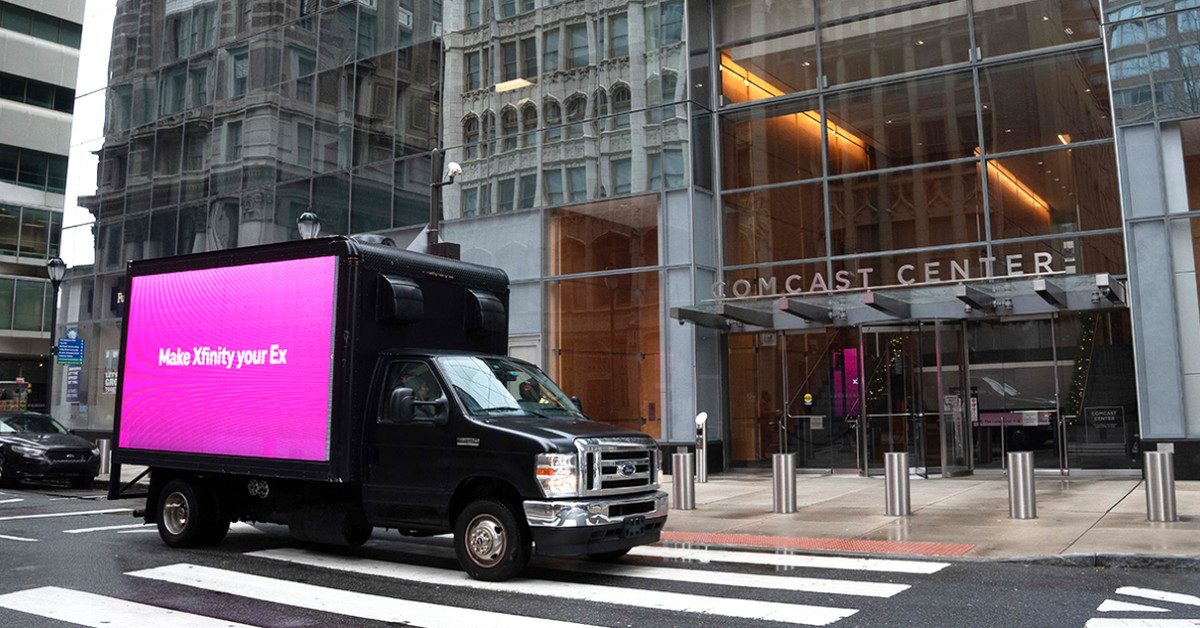Diversification in the supply chain — a very 5G problem (Reader Forum)
The U.S., U.Okay. and Europe have all seen complexities and challenges come up from the preliminary lack of provide chain diversification in 5G community {hardware}. Most controversially the early dominance of Huawei led to U.Okay. and U.S. authorities considerations that the China-based agency posed a nationwide safety risk — an allegation that Huawei denied. Nonetheless, new Huawei 5G tools was duly banned from UK networks on the finish of 2020, and all present {hardware} should be eliminated totally by 2027. The US and Europe have taken comparable steps, primarily blocking Huawei from future community contracts throughout the board.
These steps have performed a big contributing function within the subsequent reputation of Open RAN options (particularly within the US), and all the way down to a technical stage in fixing the problem of creating Large MIMO (mMIMO) radios which can be O-RAN compliant.
Personal 5G will increase the stress
Demand for 5G community parts has by no means been greater, pushed by the rising reputation of ‘non-public’ 5G networks, operated by enterprise and designed to supply particular connectivity necessities, similar to in a semi-automated warehouse or Business 4.0 deployment. Certainly, a latest report predicts that the worldwide non-public 5G community market is projected to achieve USD $13.92 Billion By 2028, rising at a CAGR of 40.9% from 2020 to 2028. The examine by Polaris Market Research famous that “Market gamers are taking aggressive steps within the type of partnership agreements for guaranteeing correct deployment of personal 5G networks for industry-specific purposes. A number of main market gamers are strategically collaborating with key producers to develop a check heart to check completely different industrial automated gadgets for functioning with a personal 5G community.”
Tight concentrate on few producers
In consequence, it’s not simply nationwide infrastructure telcos which can be competing for {hardware}, and the broader normal disruption brought on by the worldwide pandemic is inevitably including stress to provide chains in each sector, however particularly know-how. The most important 5G community infrastructure suppliers are Nokia, Ericsson, and Samsung, creating a really tight concentrate on only a handful of corporations for a lot of Europe and North America’s 5G community {hardware}.
So as to deal with the shortage of range the UK Authorities has put up £30 million to draw “modern R&D initiatives” that might assist to hurry up the adoption of a brand new breed of wi-fi Open Radio Entry Community (Open RAN or O-RAN) based mostly 4G and 5G cell networks. The Future RAN Competitors (FRANC) will fund modern R&D initiatives throughout the UK to hurry up adoption of Open RAN, which permits tools from a number of suppliers for use in 5G networks and can finish the present dependence on one firm’s know-how.
In the meantime in Europe, main operators are additionally in search of to spice up O-RAN improvement, one concrete instance being the March 2022 MoU settlement replace between Deutsche Telekom, Orange, Telefónica, TIM and Vodafone. The newest Launch 2 goals to outline a completely automated and interoperable multi-vendor Open RAN system, in line with the companions, which can evolve right into a set of minimal necessities for O-RAN options.
Advantages of Open RAN
Though the O-RAN ecosystem may be very a lot within the preliminary phases, the idea provides loads of potential promise. The goal is to standardise the infrastructure, masts and antennae arrays in order that producer interoperability is more likely. This general-purpose, vendor-neutral {hardware} and software-defined know-how method ought to ship advantages for all gamers, opening the market to a wider vary of {hardware} suppliers and producers, rising competitors and broadening the choices for enterprise and operators alike. Particularly, O-RAN standardisation ought to permit community upgrades sooner or later to be far much less advanced, excellent news for early movers.
O-RAN and mMIMO challenges
A central problem is to develop Large MIMO (mMIMO) radios which can be totally compliant with the rising O-RAN interfaces and architectures. There’s substantial improvement being channelled into this endeavor at the moment, together with names similar to Samsung and Xilinx making latest bulletins. On the operator facet, Vodafone not too long ago introduced that it could be working with Dell, NEC and Samsung on a industrial deployment of 5G OpenRAN know-how.
Though there’s clearly rising momentum behind exponents of O-RAN, there are a lot of challenges forward, most importantly to develop the ecosystem that can assist the market, in addition to attain settlement on the small print of the rising customary. There are clear areas of settlement, such because the significance of uplink enchancment, however right here the satan actually is within the particulars. Shifting from the present custom-made and extremely optimized in-house silicon to general-purpose chips is a contentious query, with some present producers claiming that normal objective processors might be unable to deal with the actual time processing required for beamforming — a minimum of and not using a vital price, energy consumption and warmth penalty.
Geopolitics and world networks
There’s definitely a rising technical neighborhood forming round O-RAN, however it’s clear there’s a lot work nonetheless to be carried out on all sides of the worth equation. A November 2021 report printed by Deutsche Telekom, Orange, Telefónica, TIM and Vodafone referred to as for EU-wide consensus and pressing prioritization of O-RAN applied sciences to keep away from falling behind within the world race. Based on the report, Europe had 13 main O-RAN gamers on the finish of 2021, in comparison with 57 throughout the remainder of the world, however lots of the European gamers are nonetheless within the early phases of the event lifecycle.
From a wider {industry} perspective, there are considerations that broadening the 5G vendor market will improve the variety of potential safety loopholes in community {hardware}, an inevitable consequence of diversification. Equally, the O-RAN working group has been beset by the challenges of setting world technical requirements whereas managing the evolving nationwide safety considerations of the US. One latest instance is the semiconductor firm New H3C, a member of the O-RAN Alliance, however as of November 2021 on the U.S. export controls list. Plainly diversification might properly show much more advanced — and liable to fragmentation — than anybody might have first thought, because the stakeholder record broadens and deepens every month. The O-RAN story nonetheless has many pages to be written.



